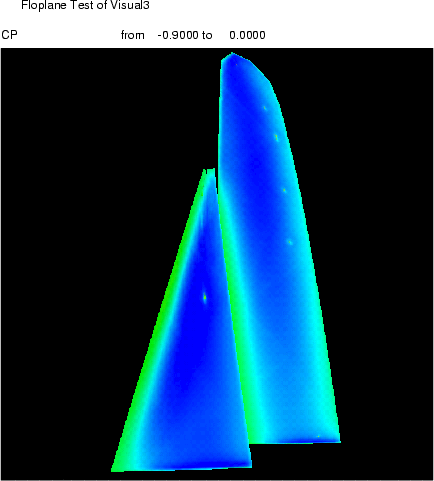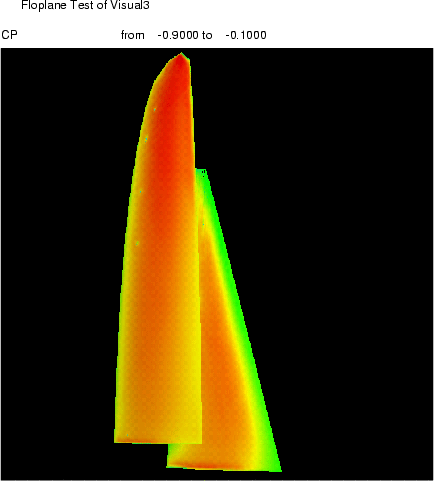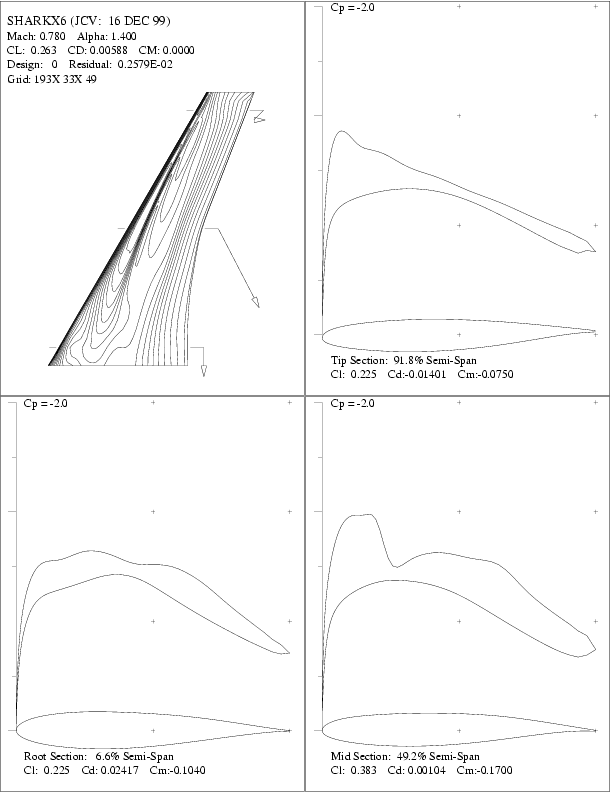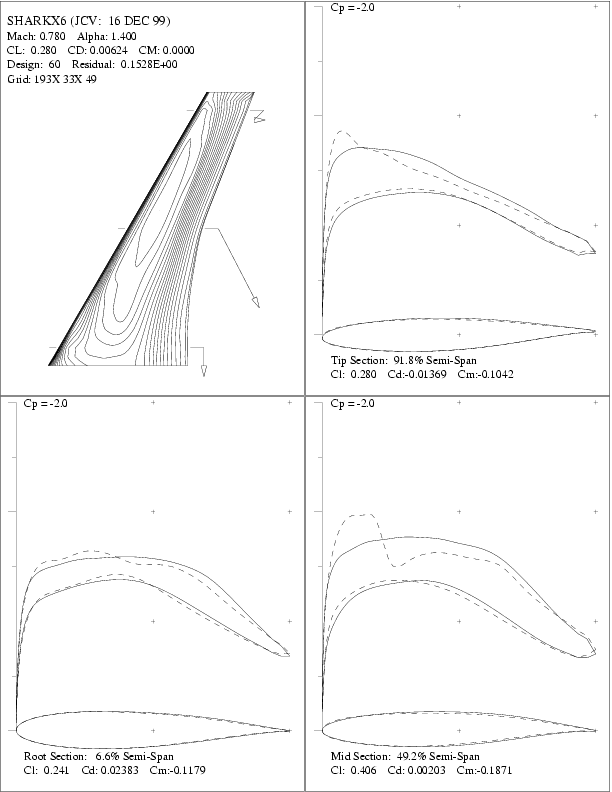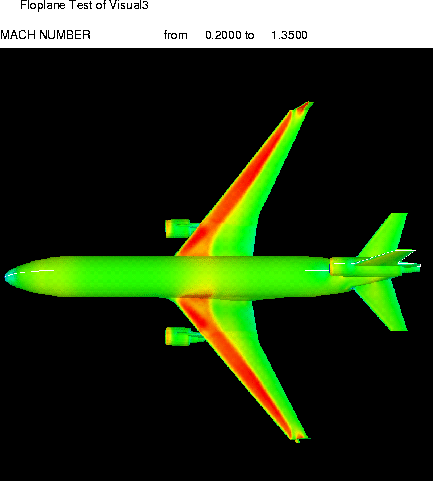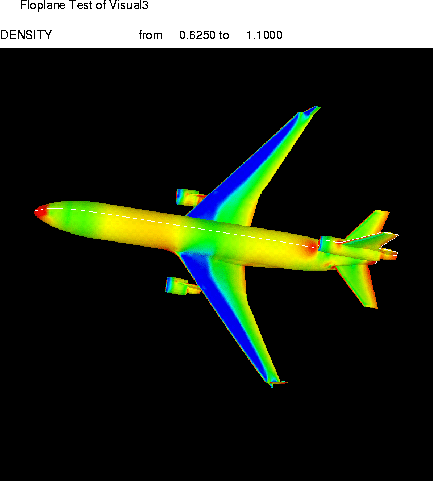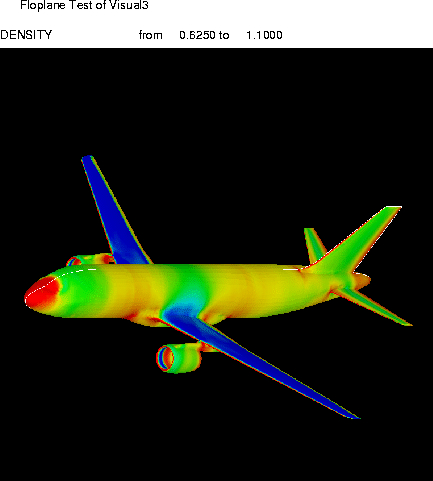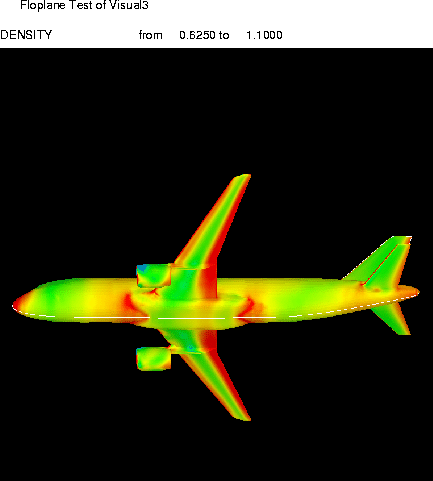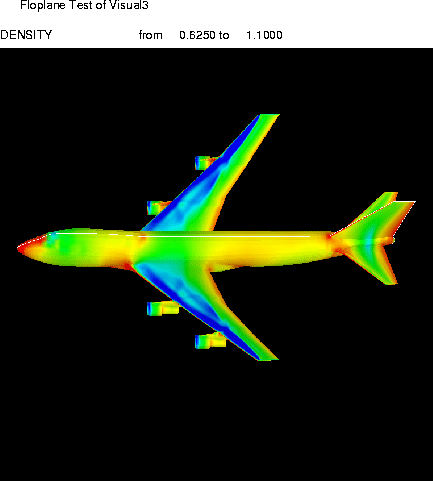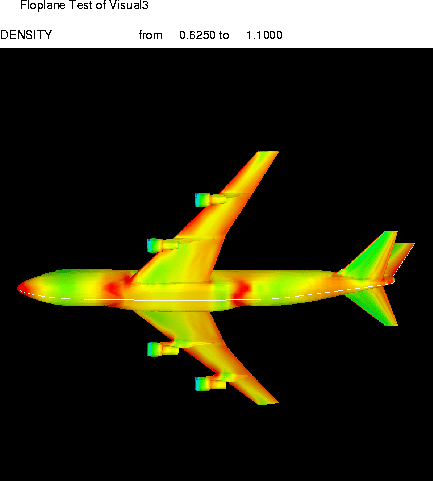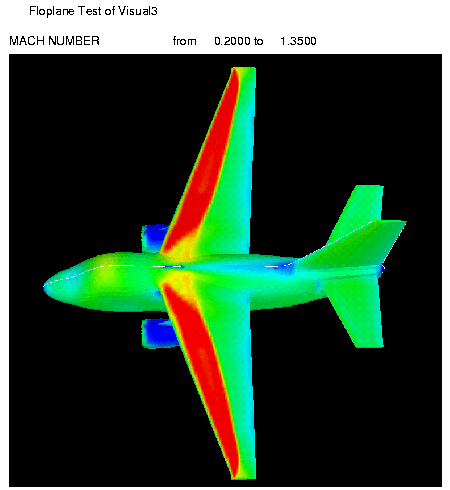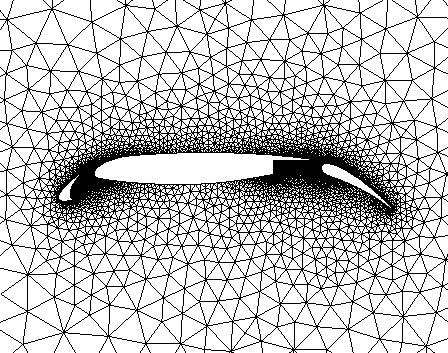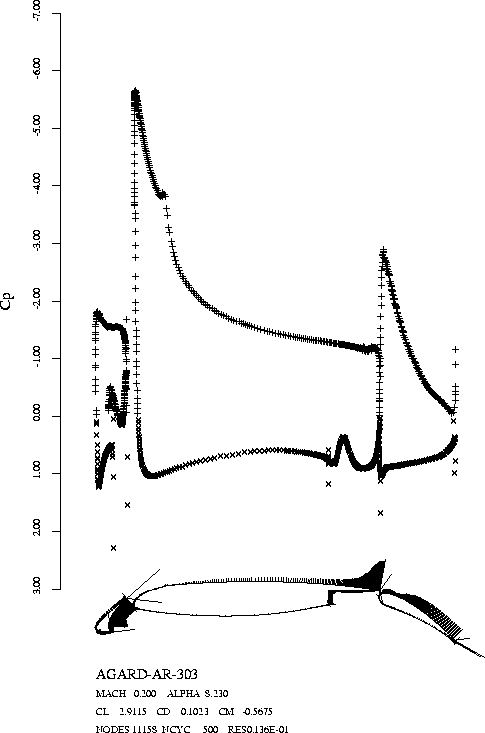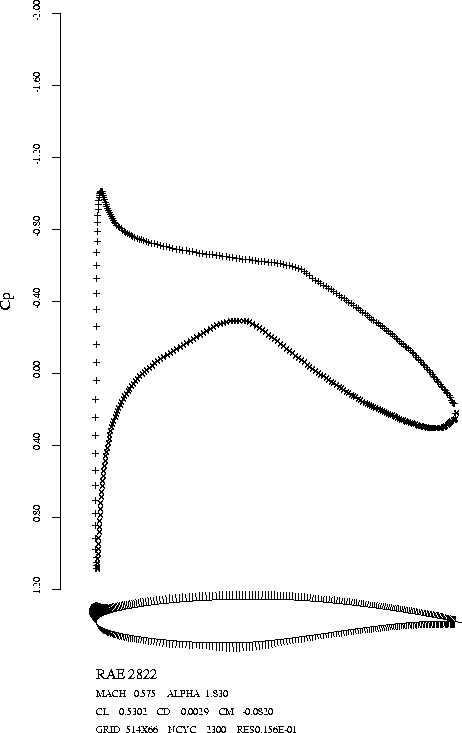
Sriram Shankaran
Durand Building, Room 001
Department of Aeronautics and Astronautics
Stanford University, Stanford, CA 94305
Phone: (650) 723-9564
Email: ssriram@stanford.edu
Educational Background
Doctor of Philosophy
Department of Aeronautics and Astronautics, Stanford UniversityMaster of Science
Department of Aerospace Engineering, IIT MadrasBachelor of Engineering
Department of Aerospace Engineering, IIT Madras
Research Interests
I am interested in the design and development of numerical schemes to analyze and design physical systems that can be modeled using partial and ordinary differential equations. Numerical simulation of problems in fluid mechanics, aeroelastic behavior of physical systems and computational design are some of the specific areas that I am focussing on for my doctoral dissertation.
Computational Design
Computational techniques are increasingly being used to analyze and design the various components of a sail boat. For my doctoral dissertation, I am developing a design package to optimize the shape of upwind sails for the class of boats used in the Americas Cup. The constituents of this design package include a parallel unstructured, multigrid, incompressible flow solver coupled to a Finite Element package (MSC/Nastran) to predict the flying shape of sails and a shape optimization procedure which borrows ideas from control theory. Twist, camber and the shape of the sail sections and the trim angle of the sail are used as design variables to determine the optimum sail design which maximizes the "speed made good" while maintaining equillibrium under the action of forces and moment on the boat. The aeroelastic analysis package has been tested for sample sail geometries and the lift and drag match well with those from lifting surface theories and the twist of the flying shape follows physical and intuitive reasoning. Flow simulations with a combined head and main sail configuration have also been performed and these results are currently being validated.
Pressure Distribution on the leeward and windward side of a head and main sail combination
The details of the aeroelastic analysis can be obtained from the following Power Point slide . The design package is currently under development.
Aerodynamic Shape optimization using unstructured grids
An aerodynamic shape optimization package which uses ideas from control theory to determine shape modifications to an existing profile to meet some performance requirements has been developed for unstructured grids. An inverse problem which aims to recover the pressure dictribution over an Onera wing is obtained by starting from airfoil sections which belong to the NACA 0012 family. The target pressure is more or less recovered in 20 design cycles and it around 50 design cycles the final pressure distribution is mostly recovered. Another test case which attempts to recover the target pressure from a structured grid solution to the SHARK wing is also recovered by this methodology. A parallel version of this program which handles complete aircraft configurations is under development.
Initial and final pressure distribution over a wing (SHARK)
Inviscid flow solution for complete aircraft configurations
The analysis code developed for sail configurations has been reused to obtain the flow field around complete aircraft configurations . The use of multigrid and residual averaging techniques, along with parallel computing allows one to obtain a solution in 50 multigrid cycles taking 3 minutes on a 16 processor Athlon cluster with 1.7 Ghz processors and 1Gb on each processor.
Density and Mach number contours for the Douglas MD11 at a Mach number of 0.825 and angle of attack of 2.5 degrees
Density on the top and bottom surface of the Airbus 320 at a Mach number of 0.82 and angle of attack of 2 degrees
Density on the top and bottom surface of the Boeing 747 at a Mach number of 0.84 and angle of attack of 2.73 degrees
Mach number contours for the Lockheed S3-A at a Mach number of 0.7 and angle of attack of 7 degrees
Integrated Simulations for a complete Aircraft Jet Engine
As part of the simulation team for the ASCI project at Stanford, I have been involved with developing tools to integrate the various components of an aircraft jet engine simulation. A parallel framework has been developed which allows the individual simulations to exchange data with each other while they advance their flow solutions in time. Efforts are underway to perform an integrated simulation of a production engine from Pratt and Whitney by coupling the flow in the combustion chamber to the main flow path of the high pressure turbine. The details of the integration software can be obtained from this AIAA paper. To date, we have used the integration software to couple a turbomachinery code (TFLO) and a combustion code (NCC) to perform invisicid and viscous simulations of a dump combustor and inviscid simulations for the transonic and subsonic "ni-bump" and a supersonic ramp. The integration software developed above is currently being used to couple a LES simulation of the combustion chamber to a RANS simulation of the turbine. To understand the effects of coupling a LES code to a RANS code a model problem which mimics a dump combustor will be attempted initially. An abstract which outlines the methodology has been submitted to the 41st AIAA Aerospace Sciences Meeting
Inviscid and viscous flow solution for airfoil configurations
Vertex and cell-centered based Finite Volume methods were used with Runge-Kutta time stepping schemes and convergence acceleration techniques to obtain the flow field over airfoil configurations. An explicit time integration scheme for the Spallart-Allmaras model was used to obtain viscous solutions. This implentation works well for subsonic and low transonic Mach numbers while having convergence problems for the higher transonic regime.
The computational grid and pressure distribution for a high lift configuration
Viscous solution for a low transonic Mach number for the RAE airfoil (case 1)

